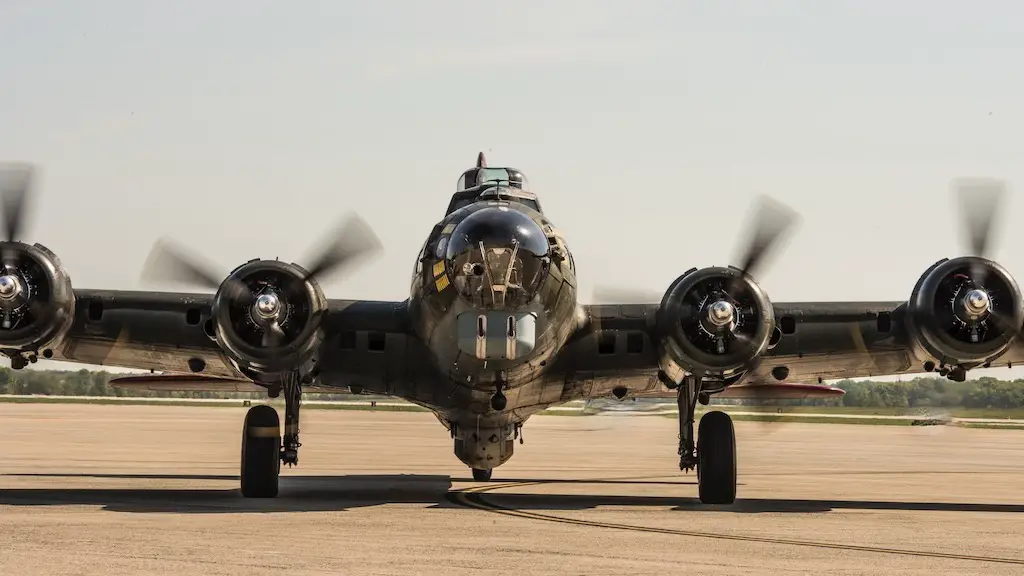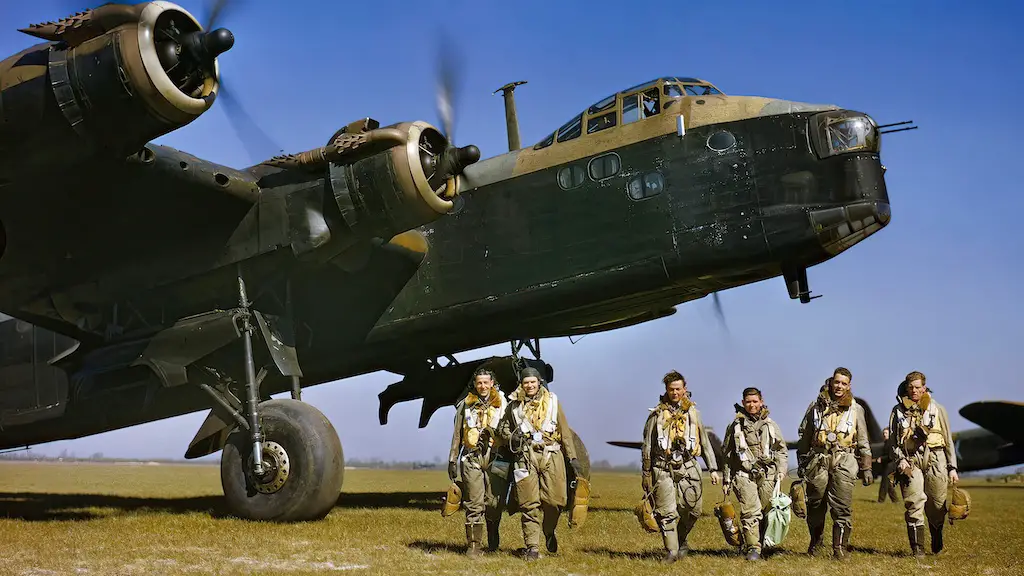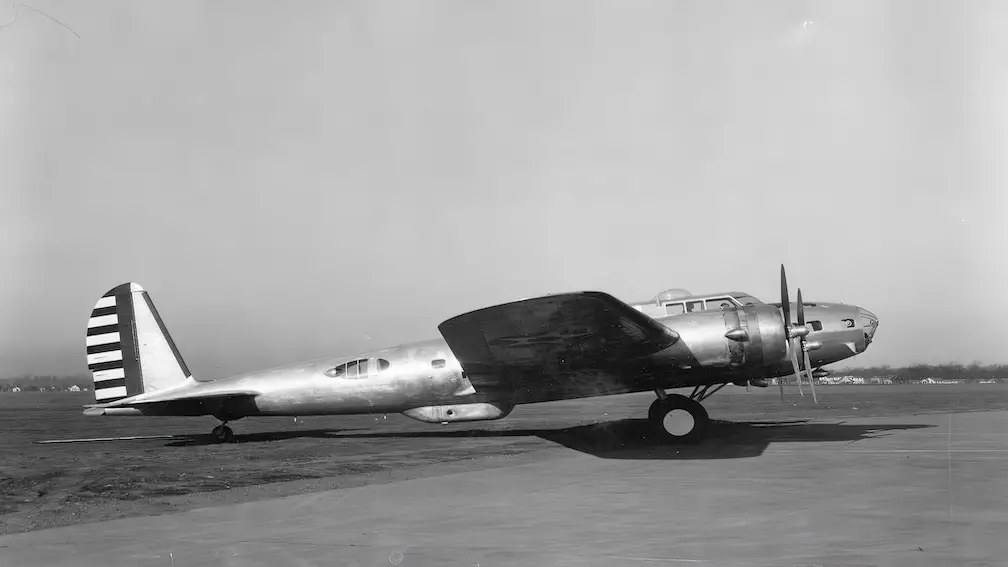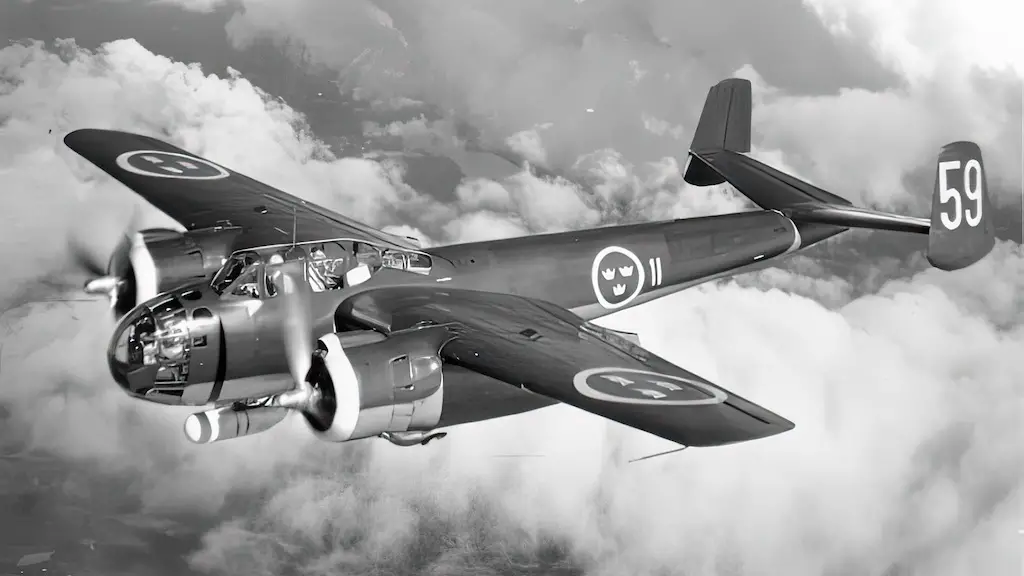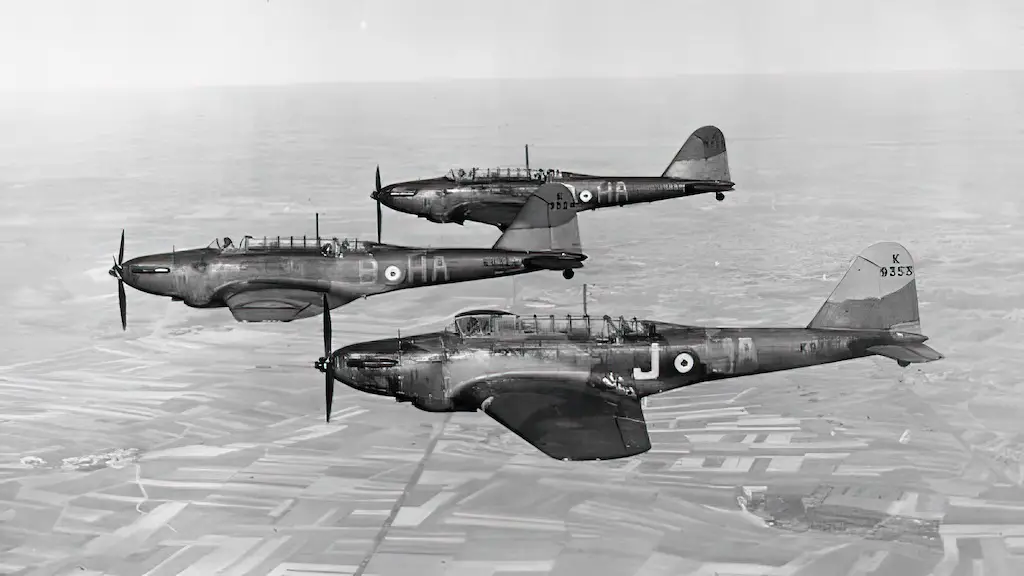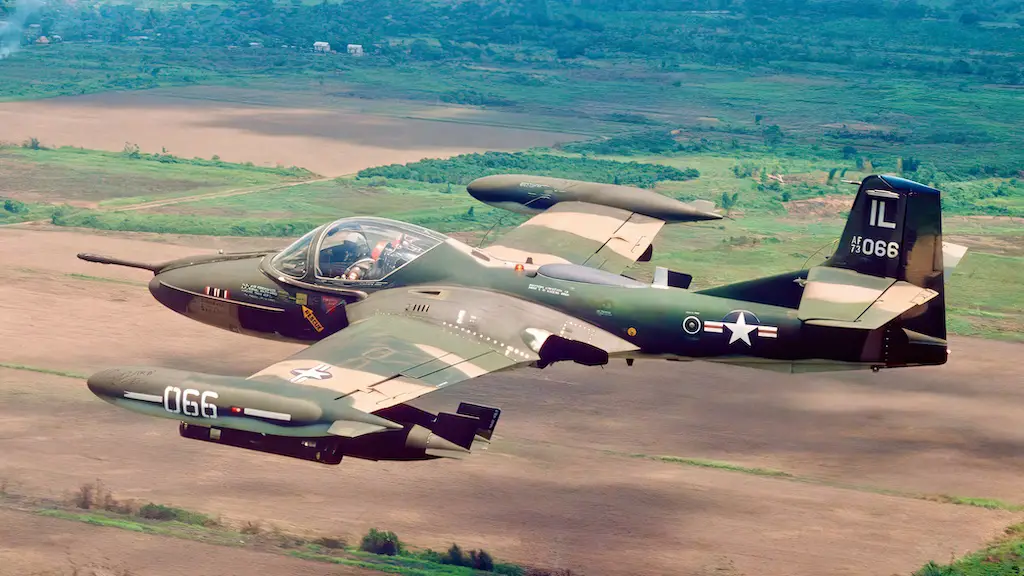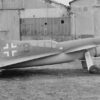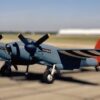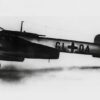It’s not uncommon for soldiers to come up with ghost stories during wars. Sometimes the anticipation of the unknown plays tricks on our minds, making people see and hear things that perhaps aren’t actually there. And yet sometimes, something may happen that can’t be explained as a result of pure imagination.
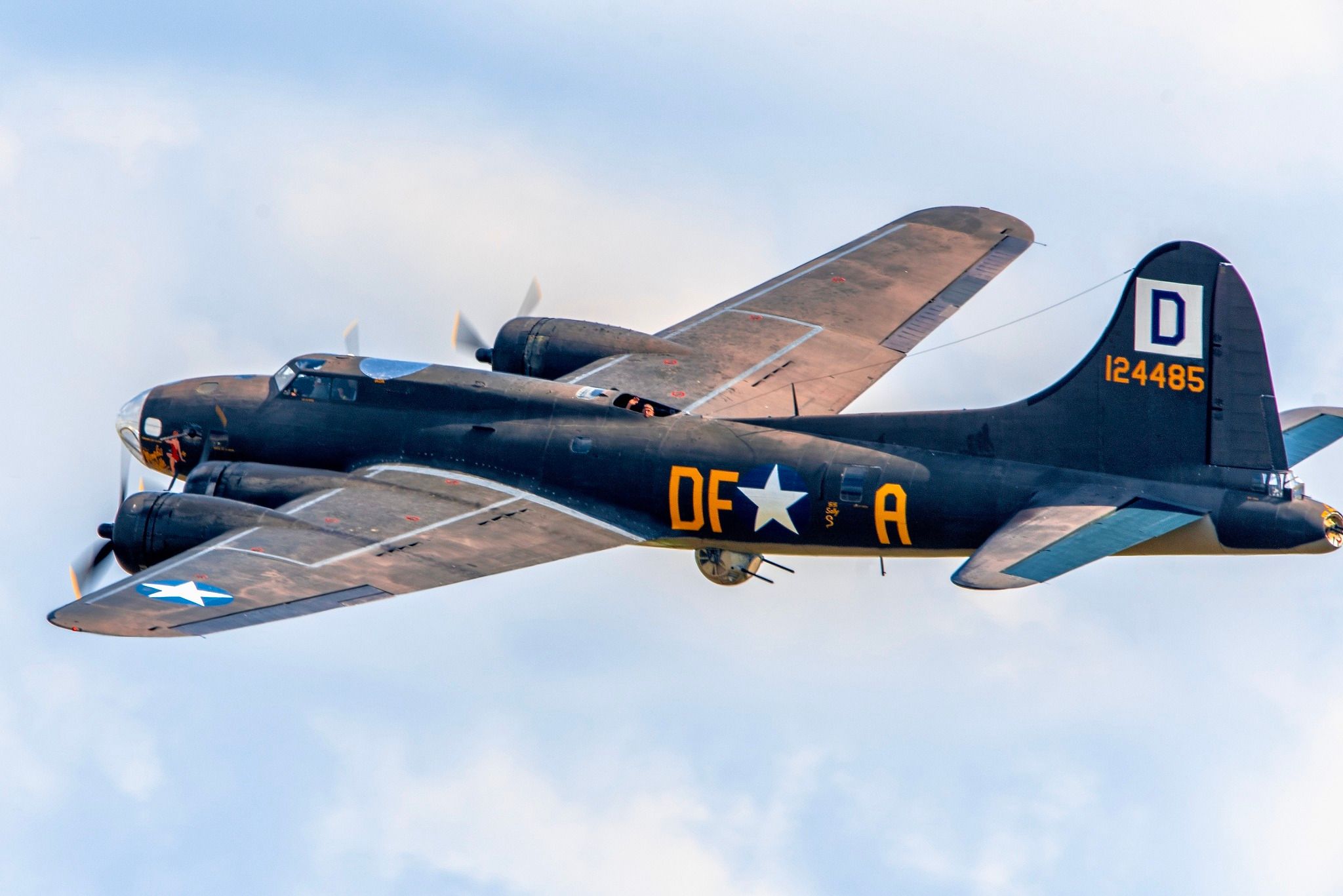
Unmanned landing
One such story emerged when an unmanned B-17 made a successful landing in a field very close to an Air Force base. There was no pilot or co-pilot, in fact there was not a single person on board, further adding to the mystery. Instead, the plane seemingly flew itself. On November 23, 1944, a Royal Air Force anti aircraft unit stationed outside Cortonburg, Belgium, noticed an American B-17 bomber flying towards them at high speed. It had its landing gears down and was seemingly preparing to execute an emergency landing.
Ghost plane?
The “ghost” flying the plane must’ve yet to perfect its landing skills because the tip of one of the wings hit the runway when landing, bringing the plane to a bouncing stop and breaking one of the propellers. After waiting for some time for the American crew of the plane to come out, the British personnel of the airfield decided to approach and enter the plane. This proved challenging at first because they were not familiar with the aircraft, but they eventually found a way to enter it. Among them was Major John V. Crisp.
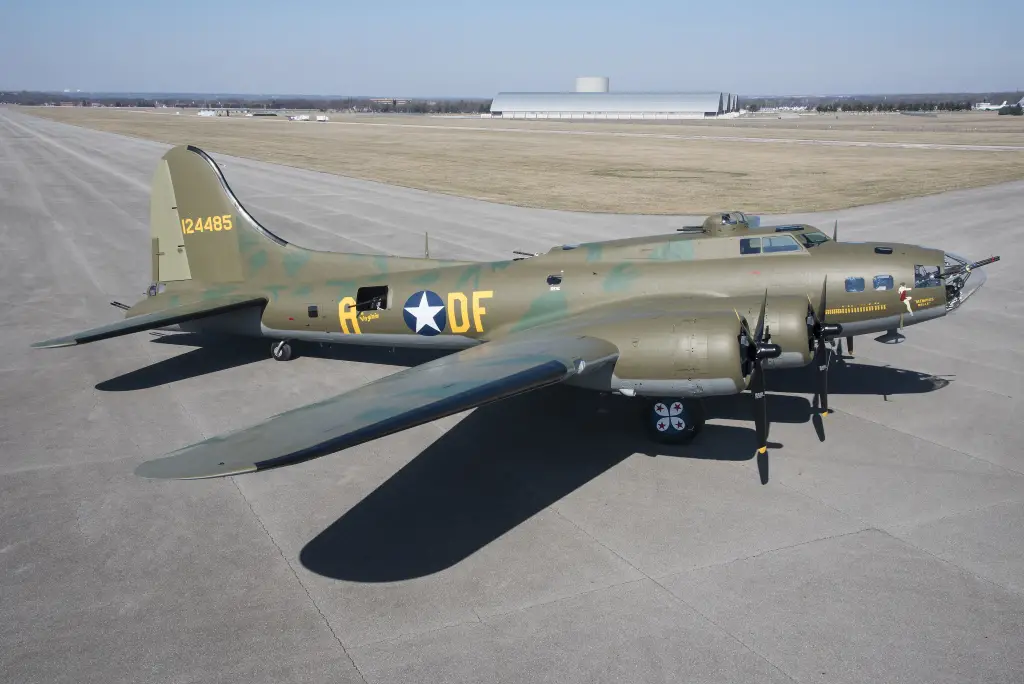
Empty aircraft
What they found created more questions than answers. The empty aircraft had signs of earlier human presence; half-eaten chocolate bars were found on the floor, along with fur jackets. What was even more surprising was that the supposed crew of the plane left behind all the parachutes.
The plane’s logbook was a source of yet more confusion. The last entry was “bad flak,” yet when the aircraft was examined, no signs of damage had been found, other than the damage the plane sustained during the landing.
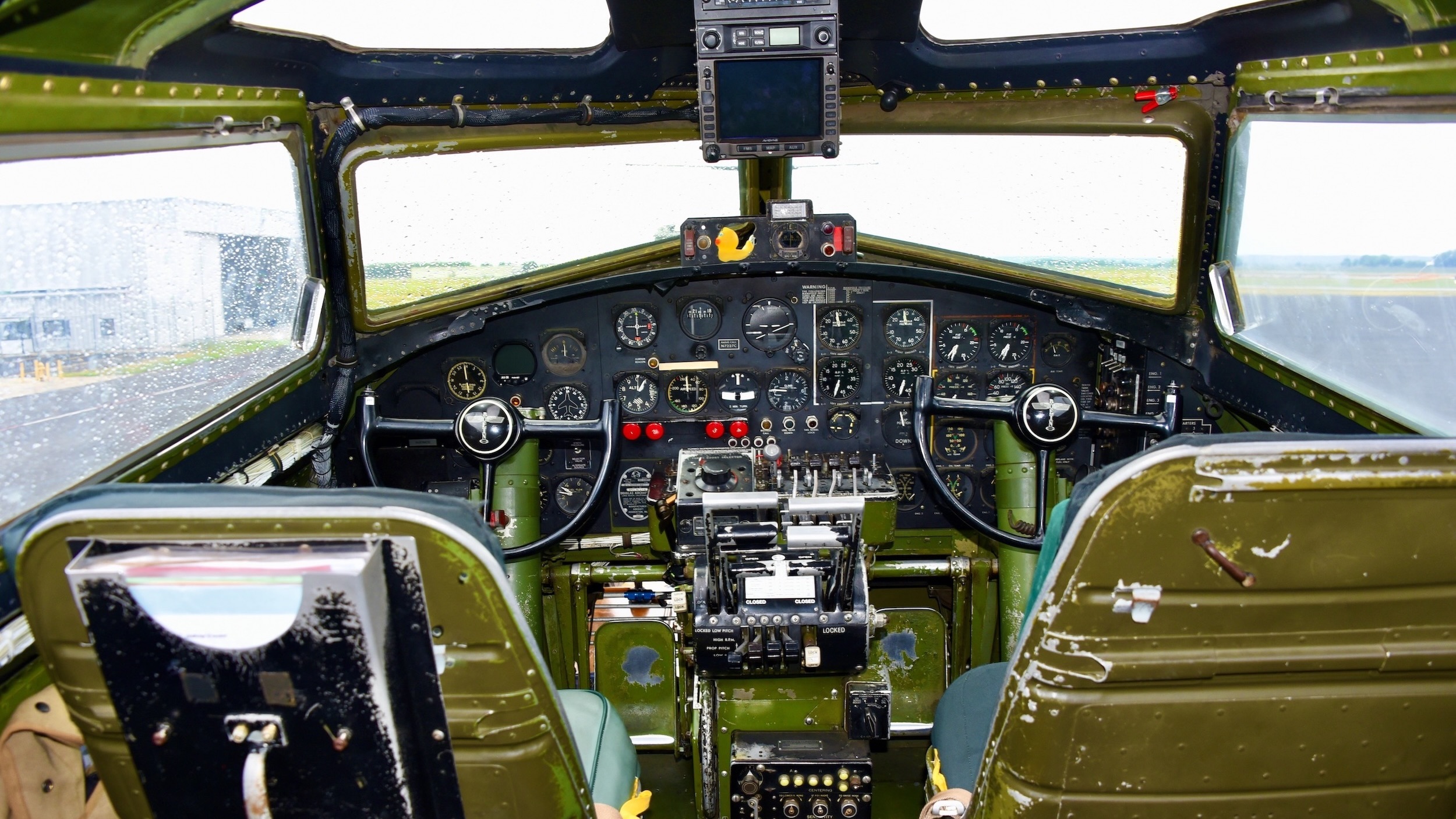
All is ok
Later the serial number was found, and the plane was identified. Amazingly, the plane crew were alive and well in another airbase in Belgium. And while the information they relayed helped clarify things a bit, some of it was still questionable. The bomber was tasked with bombing a German oil factory and, upon completion, was supposed to head back to an airbase in England.
According to them, while flying at a low altitude, they were targeted by the German gunners from the ground. The flak hit their bomb bay and one of the engines. They broke formation and flew away to resolve the bomb bay’s malfunction caused by the enemy fire.
However, the other three engines began to overheat, and another one eventually gave up, and the plane began losing altitude. Before bailing, the pilot turned the plane towards Belgium and put it on autopilot. It should be noted that this autopilot was nowhere near capable of landing or directing an aircraft and was merely capable of altitude control.
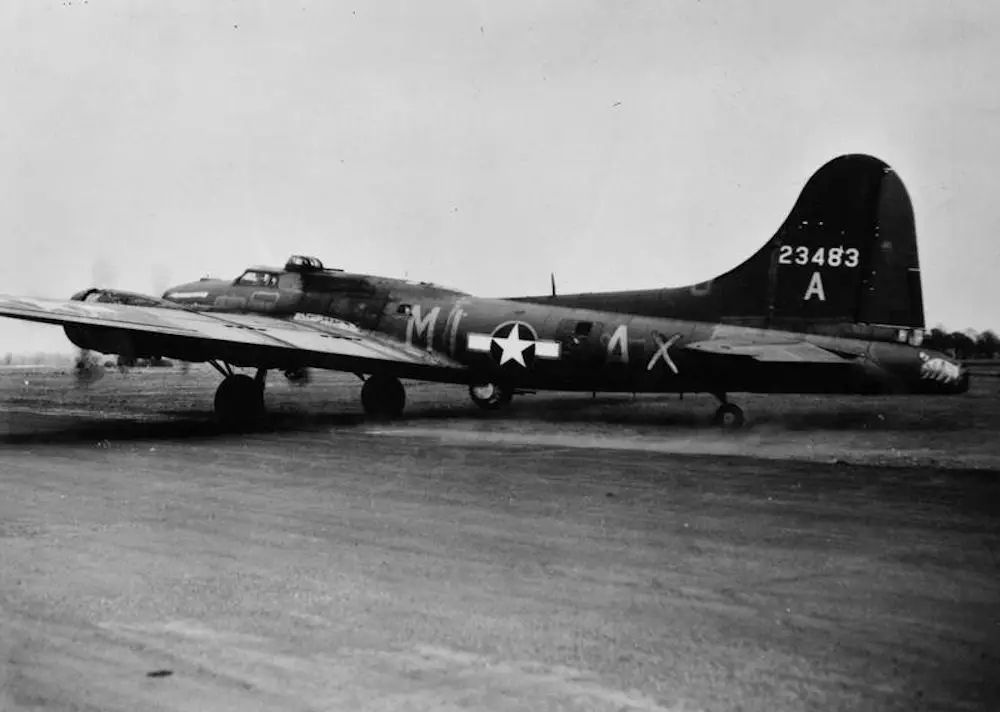
It just didn’t add up
Several things told by the crew didn’t add up. For example, the plane did not have any clear induction of flak damage on the engines or the bomb bay. Also, the crew seemed to have forgotten their parachutes when they bailed. And why would the landing gears be down when the crew clearly expected the plane to crash.
To this day, it isn’t clear what exactly happened. It is possible that it was a top-secret test for early UAV technology, but that would eventually be disclosed when the tech advanced. That or maybe it was indeed a ghost in charge of the plane, in which case the armies may want to consider investing in a special exorcism unit.

